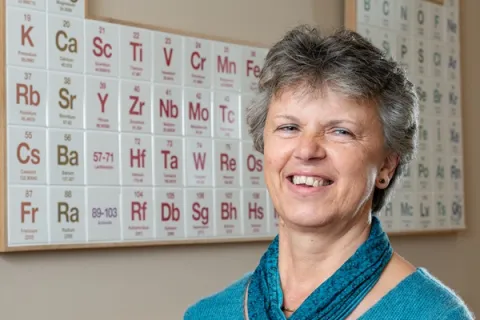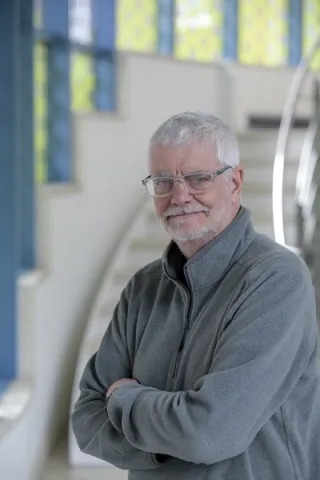Project overview
Like graphene, a layer of a transition metal dichalcogenide (TMDC), ME2 (where M = transition metal and E = sulfur, selenium or tellurium), consists of a single- or few-atom-thick, covalently bonded lattice. These atomic sheets exhibit extraordinary electronic and optical properties, as they do not suffer from dangling bonds and trap states at the surface. The van der Waals interactions between the layers allows the integration of very different materials without the constraints of crystal lattice matching. Moreover, those few layers can withstand mechanical strains of 10%, which makes these materials particularly suitable for flexible electronic devices, a market expected to be worth more than £10B in the next five years. Heterostructures of 2D materials and graphene have great potential for various electronic, opto-electronic, energy, and sensor applications but are held back by technological limitations. It is the intention of this proposal to take advantage of our recent breakthroughs in electrodeposition of few layer 2D chalcogenides, such as MoS2 and WS2, on metal as well graphene electrodes. We will demonstrate these advantages through a variety of devices which combine state-of-the-art performance together with scalable, industrially acceptable processing on flexible substrates. Working with our project partners we will aim to maximise the potential societal and economic impacts that emerge from this work.
Staff
Lead researchers
Other researchers
Collaborating research institutes, centres and groups
Research outputs
Danielle E. Runacres, Victoria K. Greenacre, John M. Dyke, Julian Grigg, George Herbert, William Levason, Graeme McRobbie & Gillian Reid,
2023, Inorganic Chemistry
Type: article
Vikesh Sethi, Danielle Runacres, Victoria Greenacre, Li Shao, Andrew L. Hector, William Levason, Kees De Groot, Gillian Reid & Ruomeng Huang,
2023, Journal of Materials Chemistry A, 9635 - 9645
DOI: 10.1039/D3TA00466J
Type: article


